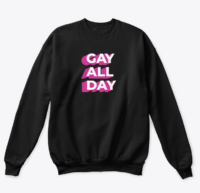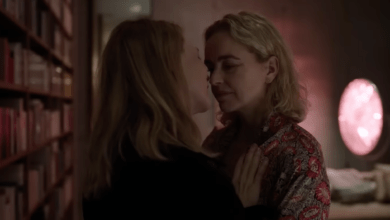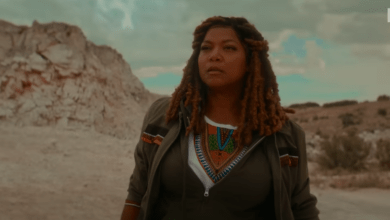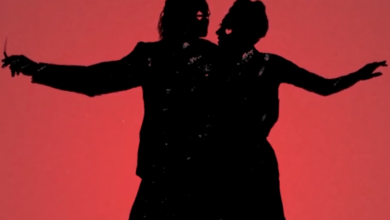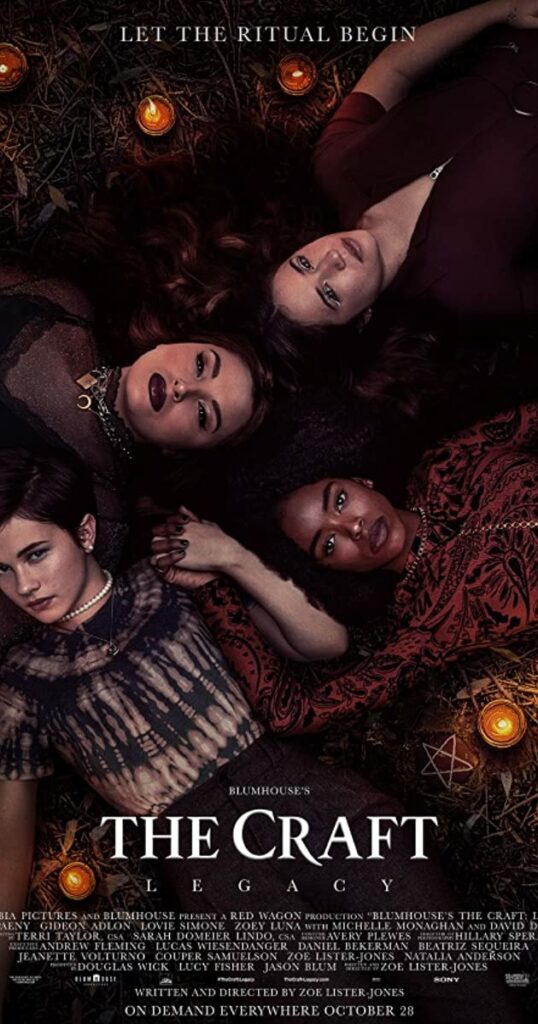
The Craft is a cult classic. Beloved of lesbians and gays, feminists, and an assortment of misfits, the 1996 film tells the story of four outsiders who band together and form a coven. When the sequel was announced, responses were mixed. Some felt there was no point trying to improve upon perfection. Others were keen to find out what happened next. So, how does The Craft: Legacy live up to the original? Let’s find out.
The first few scenes of Legacy mirror The Craft with a symmetry that will be pleasing to fans of the original. Lily and her mom are moving to a new town for a fresh start. Lily’s first impression of her new home is marred by a creepy encounter with a snake. Spooked by this omen, Lily doesn’t click with her mom’s new boyfriend, Adam. Which is fair enough, because he’s a men’s rights activist who brings to mind nobody so much as Ted – Buffy the Vampire Slayer’s robotic stepfather. He’s folksy and white bread, but with an underlying darkness…
Like The Craft, Legacy brings to life the loneliness of having a parent wrapped up in a new relationship. Also the unfailing cruelty of high school students. And, like the original, Lily’s arrival means that the four corners of a coven are now complete. From the moment she appears, Tabby, Frankie, and Lourdes know that Lily is what they’ve been waiting for. Their excitement at meeting, the air of mischief perfuming their first few adventures, is sweet without being cloying. And what adventures these witches have.
In the twenty four years since The Craft was first released, special effects have advanced in leaps and bounds. As a result, magic is stronger and slicker in Legacy. But this isn’t an entirely good thing. Magic comes almost effortlessly to Lily, Tabby, Frankie, and Lourdes. It’s free from the cost of the first film, where everything the coven sent out into the world was revisited on them threefold. Legacy steers clear of magic’s price. And in so doing, it avoids the moral grey areas that made the original so compelling.
Another key factor behind The Craft’s watchability was Nancy Downs. Fairuza Balk gave a standout performance in this role. Nancy was captivating because of the extremes she went to in securing power, her shift from heroine to villain. She was a terrifying opponent because Sarah knew Nancy would cross any limit – consequences be damned. But there was also a brittleness to Nancy, a vulnerability that made her charming in spite of everything. While Legacy offers a convincing villain, the choice of character and motives are too predictable to inspire real fear.
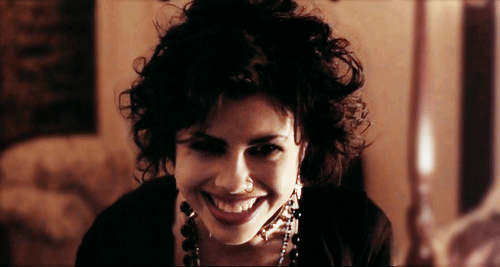
Legacy is also more self-conscious than The Craft. The script tries very hard to be of the moment by dropping pop culture references and social justice politics with all the subtlety of an anvil. Characters are constantly using terms like ‘woke’ and ‘triggers’, ‘haters’ and ‘stans.’ While well-intentioned, such dialogue is likely to date Legacy faster than Nancy’s pleather jacket did the original.
This reboot is heavy on performing the woke, and light on delivering the wicked. But it does deliver in other ways. The Craft became somewhat notorious for the way in which scenes with Rochelle’s family were cut from the story. This editorial decision feels significant given that Rochelle (Rachel True) was the only Black main character, and that scenes of the other witches’ home lives were used to contextualize their misuse of magic. And the racism didn’t stop there. Conventions repeatedly booked her co-stars Neve Campbell, Fairuza Balk, and Robin Talley for panels about their movie without inviting True.
Legacy moved beyond tokenism, bringing characters who are of color, Jewish, and LGBT to the center of the story. But – unfortunately – the other three witches in the coven feel like little more than Lily’s sidekicks. By the end of the film we don’t know anything more about the lives of Frankie, Tabby, or Lourdes than minor details shared through the opening scenes. At times, the coven feels incidental to Legacy. And that is the film’s greatest weakness.
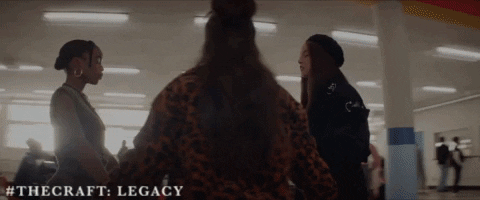
In The Craft, one couldn’t help but root for the coven in spite of all the messed up shit they did. Because those girls had a tight and highly unstable bond. And, as the story unfolded, we glimpsed the trauma that provoked their misuse of magic.
Sarah, who has felt alone since her mother died giving birth to her, longs to feel close to someone. So she casts a love spell on a popular jock – with terrible consequences. Dismissed as trailer trash, Nancy is desperate to make people take her seriously. She kills her abusive stepfather after he leers at her and threatens her mother. Rochelle bewitches a racist bully so that her long blonde hair – the ultimate symbol of white womanhood – falls out in clumps. And Bonnie, targeted because of the burn scars covering her body, uses her powers to become conventionally beautiful.
These stories are largely missing from Legacy. And with them the film’s power to move. We don’t know why Tabby is committed to the craft, what makes Lourdes tick, or who Frankie’s family are. They’re a lively trio, sure. But one-dimensional. Legacy is shown primarily through Lily’s eyes. And while she’s an interesting character with a mysterious origin story, sharing plural perspectives could have added some much-needed texture to the film.

